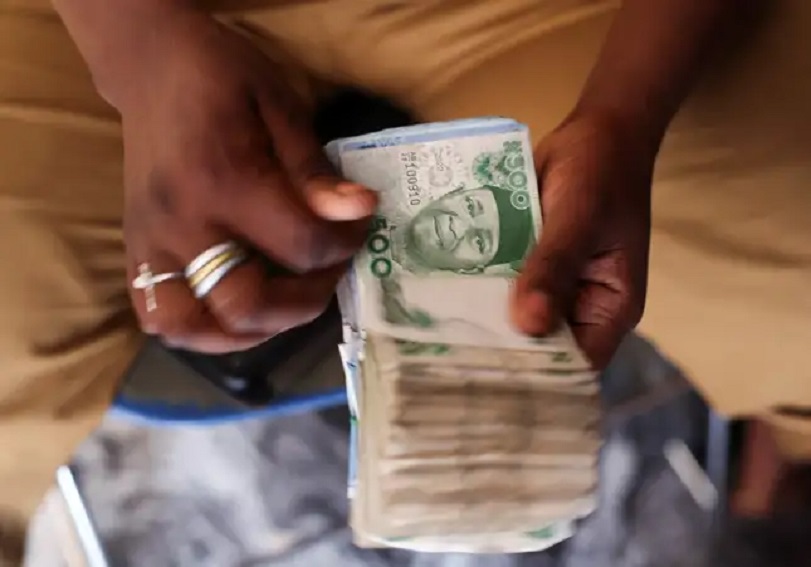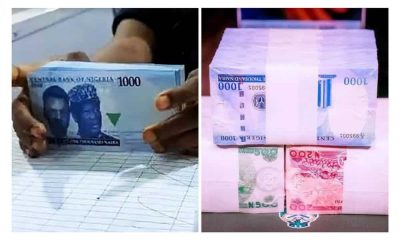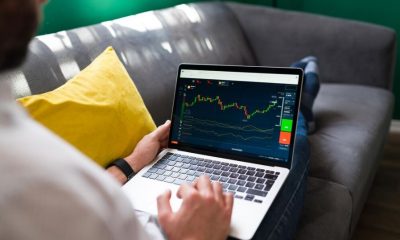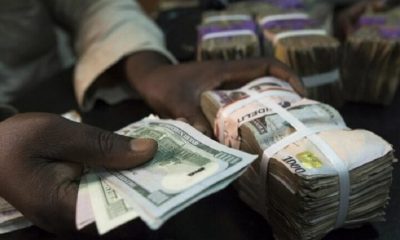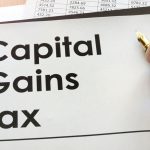Economy
Best Time to Trade Forex in Nigeria
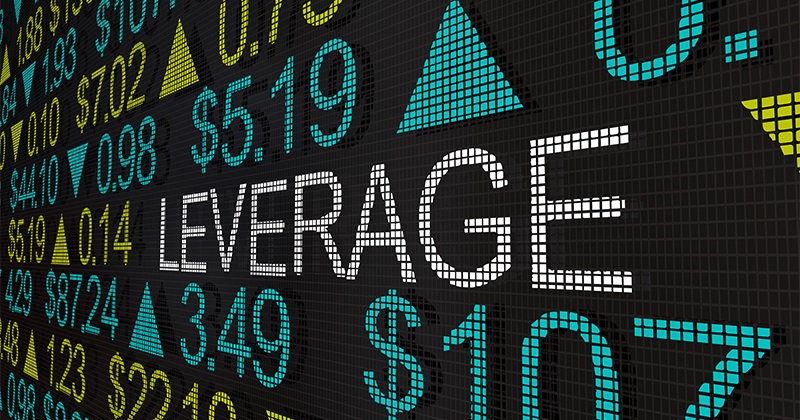
If you wonder when it’s best to trade Forex to get the best results and what the best hours to maximize your returns are, this article is for you. Read on to get the answers to these questions and find out the best trading hours.
While it can be a matter of personal preferences when to trade, and you can allocate your time depending on your daily schedule, let’s see when it’s best to enter the market to make higher profits and when it’s best to keep off trading.
Best days to trade Forex
You may have noticed that on some particular days, markets move more actively than on others. Take a look at the table below and check out the average volatility in pips for three major currency pairs (EUR/USD, GBP/USD, USD/JPY) depending on the business day:
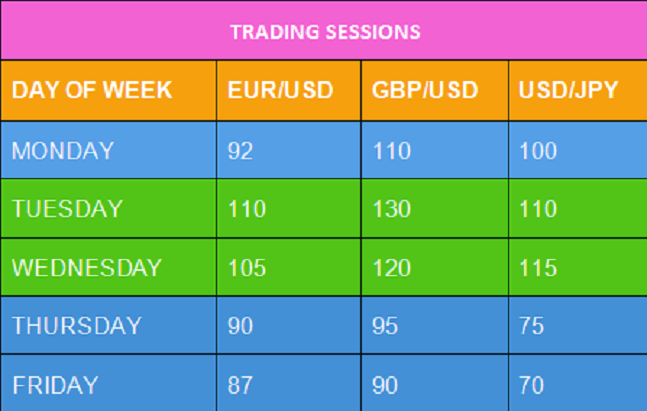
As we can see, all three pairs register the highest volatility on Tuesday and Wednesday. With that in mind, we recommend entering the market during periods of high market volatility. This way, you’ll be able to take advantage of more trading opportunities and maximize your profit even if you are using a trading bot.
Trading sessions
Now that we’ve figured out the best trading days, let’s talk about the most favourable trading time. Trading in the foreign exchange market takes place 24 hours a day five days a week. However, currency pairs can move at a different pace at different times. Although Forex is a decentralized market, a significant amount of money comes from banks, and they stick to a certain schedule.
Forex trading sessions can be divided into four major groups:
- North American (New York)
- Asian (Tokyo)
- European (London)
- Pacific (Sydney)
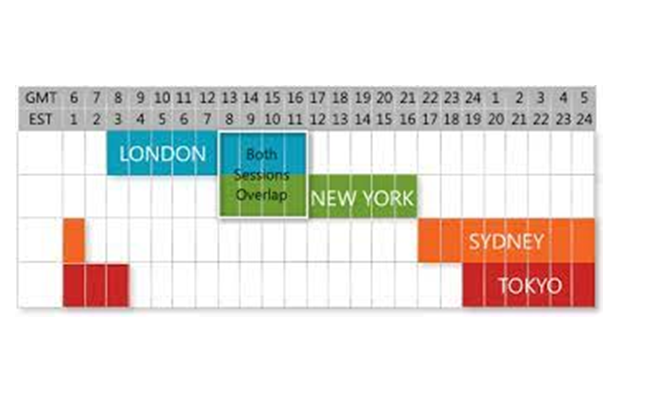
At the beginning of every session, the currencies are gaining momentum:
During the European session, all pairs containing the euro and the pound sterling demonstrate high volatility, with EUR/USD, EUR/GBP and EUR/CHF showing the largest trading volumes. Very often, the trend can commence in the European trading session and continue into the American session.
In the American session, the pairs containing the US dollar are on the rise: EUR/USD, USD/CHF and USD/JPY. During this time, the Canadian dollar, the USD/CAD pair, comes to life. During the American session, the trend may reverse. Besides, important economic reports are generally released in the evening. Those can trigger volatility spikes in currency pairs that include the US dollar.
In the Asian and Pacific session, the pairs containing the Japanese yen and NZD/USD are especially active. Throughout the night session, the market is tranquil since US and European banks are closed. The volatility is low, so the price often fails to gain momentum and break any key levels. So, the market is usually flat with the price trading within the range. For this reason, most traders prefer not to trade at night.
Best intervals for day trading
9.20 – 9.50 – The beginning of the European session. Trading volume is significant. While this trading interval offers a lot of trading opportunities, it’s highly risky as well. If you are a novice trader, we suggest that you don’t rush into the market at this point. Wait till the volatility settles a bit.
9.40 – 10.10 – Trading volumes are still significant, the quotes are moving fast, liquidity is sufficient. Now that the situation has already stabilized, it’s the perfect time to enter the market and place your orders.
10.25 – 11.10 – Volatility decreases, market participants lock in their profits and close their trades. This time interval is the best to start scheduling your next trades.
11.15 – 14.15 – Most breakouts occurring during this period are very inaccurate. Prices start moving sideways. Feel free to take a break. It’s best that you refrain from trading at this time.
14.10 – 15.25 – Most trends have already formed. There’s no sense in opening your trades now. But if you do, trade with the trend and be vigilant. Around 15:30, the trend may pause or even reverse.
15.20 -16.00 – The last 30 minutes of the day session, major market participants start adjusting their portfolios. It may seem that high volatility can bring you some good profits, we’d recommend staying on the safe side as the trading environment is too unpredictable now. Avoiding and managing risks is part of smart trading, remember?
All in all: The usual best trading time is 8 a.m. to 12 a.m. – it’s when trading hours of the New York and London exchanges overlap. These two trading hubs account for more than 50% of all Forex transactions.
When you SHOULD NOT trade
It’s funny how everyone is looking for the best time to trade. And few people think when it gets too risky to trade and when it’s better to avoid the market. It’s highly undesirable that you enter the market on:
- By the end of the week, we all get tired and tend to make illogical decisions. It can be hard to predict market behaviour at the end of the week. Friday is one of those days when the majority of traders suffer losses. Some traders lock in their profits to safely leave for the weekend. Others, on the contrary, jump into the market to make quick money. Prices start going up and down, especially in the afternoon, which can result in substantial losses.
- Banks are usually closed on holidays, market activity is low. On holidays, the risk of losing your deposit increases. You might be hoping for a spike in prices after the holidays, but the market likes to make adjustments. And they are usually not in your favour.
- News releases. We are going to offer you some obvious advice that no one takes anyway: do not trade the news. You can’t predict with 100% accuracy where the price will move after the release of significant news, a statement or a report. At this point, the price movement is often chaotic. So, we recommend exiting the market 1.5 hours before the publication. Refrain from trading for about the same amount of time after the news is released.
Summing up
While Forex is open around the clock, all traders are human beings who need their rest. That’s why it’s essential to know the trading sessions schedule and market hours that determine volatility peaks. Enter the market when it demonstrates a strong momentum. This way, you’ll be able to monitor price developments better and identify trading instruments with the highest profit potential.
Economy
UK Backs Nigeria With Two Flagship Economic Reform Programmes

By Adedapo Adesanya
The United Kingdom via the British High Commission in Abuja has launched two flagship economic reform programmes – the Nigeria Economic Stability & Transformation (NEST) programme and the Nigeria Public Finance Facility (NPFF) -as part of efforts to support Nigeria’s economic reform and growth agenda.
Backed by a £12.4 million UK investment, NEST and NPFF sit at the centre of the UK-Nigeria mutual growth partnership and support Nigeria’s efforts to strengthen macroeconomic stability, improve fiscal resilience, and create a more competitive environment for investment and private-sector growth.
Speaking at the launch, Cynthia Rowe, Head of Development Cooperation at the British High Commission in Abuja, said, “These two programmes sit at the heart of our economic development cooperation with Nigeria. They reflect a shared commitment to strengthening the fundamentals that matter most for our stability, confidence, and long-term growth.”
The launch followed the inaugural meeting of the Joint UK-Nigeria Steering Committee, which endorsed the approach of both programmes and confirmed strong alignment between the UK and Nigeria on priority areas for delivery.
Representing the Government of Nigeria, Special Adviser to the President of Nigeria on Finance and the Economy, Mrs Sanyade Okoli, welcomed the collaboration, touting it as crucial to current, critical reforms.
“We welcome the United Kingdom’s support through these new programmes as a strong demonstration of our shared commitment to Nigeria’s economic stability and long-term prosperity. At a time when we are implementing critical reforms to strengthen fiscal resilience, improve macroeconomic stability, and unlock inclusive growth, this partnership will provide valuable technical support. Together, we are laying the foundation for a more resilient economy that delivers sustainable development and improved livelihoods for all Nigerians.”
On his part, Mr Jonny Baxter, British Deputy High Commissioner in Lagos, highlighted the significance of the programmes within the wider UK-Nigeria mutual growth partnership.
“NEST and NPFF are central to our shared approach to strengthening the foundations that underpin long-term economic prosperity. They sit firmly within the UK-Nigeria mutual growth partnership.”
Economy
MTN Nigeria, SMEDAN to Boost SME Digital Growth

By Aduragbemi Omiyale
A strategic partnership aimed at accelerating the growth, digital capacity, and sustainability of Nigeria’s 40 million Micro, Small and Medium Enterprises (MSMEs) has been signed by MTN Nigeria and the Small and Medium Enterprises Development Agency of Nigeria (SMEDAN).
The collaboration will feature joint initiatives focused on digital inclusion, financial access, capacity building, and providing verified information for MSMEs.
With millions of small businesses depending on accurate guidance and easy-to-access support, MTN and SMEDAN say their shared platform will address gaps in communication, misinformation, and access to opportunities.
At the formal signing of the Memorandum of Understanding (MoU) on Thursday, November 27, 2025, in Lagos, the stage was set for the immediate roll-out of tools, content, and resources that will support MSMEs nationwide.
The chief operating officer of MTN Nigeria, Mr Ayham Moussa, reiterated the company’s commitment to supporting Nigeria’s economic development, stating that MSMEs are the lifeline of Nigeria’s economy.
“SMEs are the backbone of the economy and the backbone of employment in Nigeria. We are delighted to power SMEDAN’s platform and provide tools that help MSMEs reach customers, obtain funding, and access wider markets. This collaboration serves both our business and social development objectives,” he stated.
Also, the Chief Enterprise Business Officer of MTN Nigeria, Ms Lynda Saint-Nwafor, described the MoU as a tool to “meet SMEs at the point of their needs,” noting that nano, micro, small, and medium businesses each require different resources to scale.
“Some SMEs need guidance, some need resources; others need opportunities or workforce support. This platform allows them to access whatever they need. We are committed to identifying opportunities across financial inclusion, digital inclusion, and capacity building that help SMEs to scale,” she noted.
Also commenting, the Director General of SMEDAN, Mr Charles Odii, emphasised the significance of the collaboration, noting that the agency cannot meet its mandate without leveraging technology and private-sector expertise.
“We have approximately 40 million MSMEs in Nigeria, and only about 400 SMEDAN staff. We cannot fulfil our mandate without technology, data, and strong partners.
“MTN already has the infrastructure and tools to support MSMEs from payments to identity, hosting, learning, and more. With this partnership, we are confident we can achieve in a short time what would have taken years,” he disclosed.
Mr Odii highlighted that the SMEDAN-MTN collaboration would support businesses across their growth needs, guided by their four-point GROW model – Guidance, Resources, Opportunities, and Workforce Development.
He added that SMEDAN has already created over 100,000 jobs within its two-year administration and expects the partnership to significantly boost job creation, business expansion, and nationwide enterprise modernisation.
Economy
NGX Seeks Suspension of New Capital Gains Tax
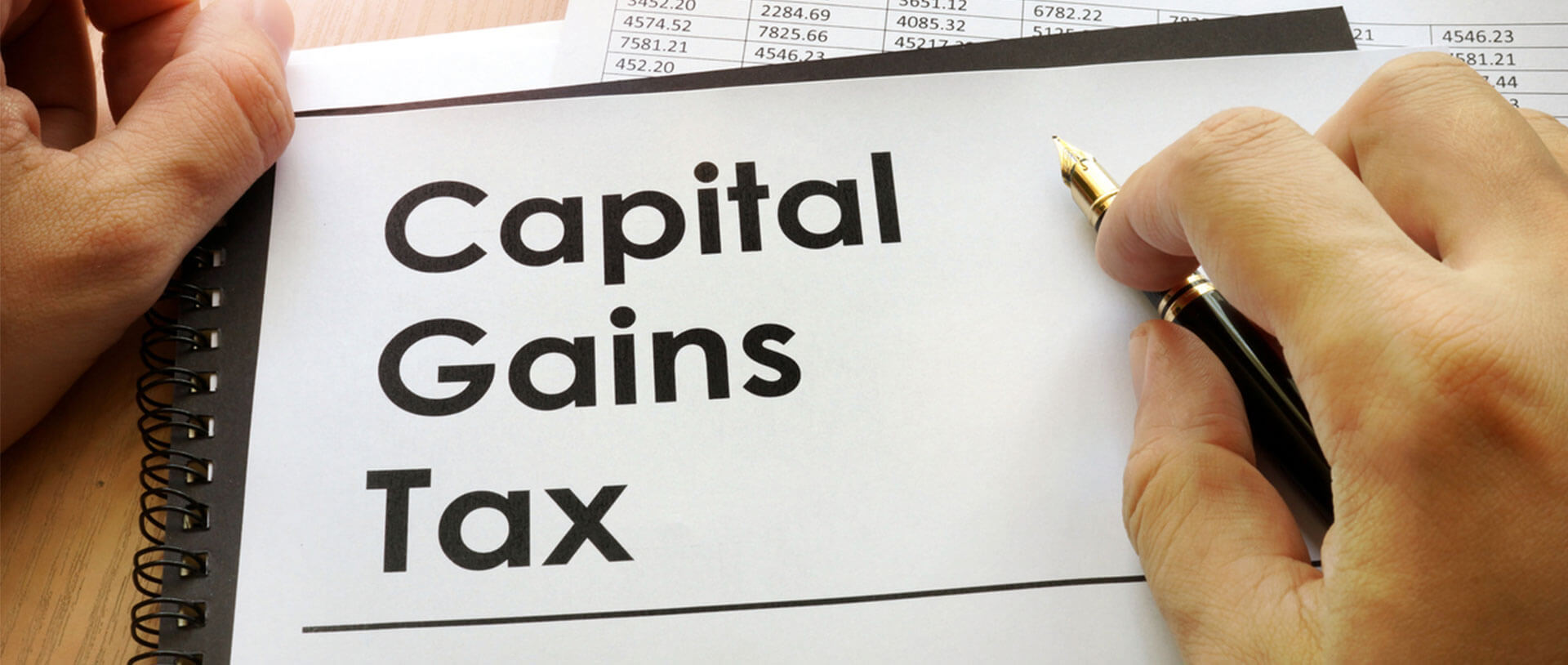
By Adedapo Adesanya
The Nigerian Exchange (NGX) Limited is seeking review of the controversial Capital Gains Tax increase, fearing it will chase away foreign investors from the country’s capital market.
Nigeria’s new tax regime, which takes effect from January 1, 2026, represents one of the most significant changes to Nigeria’s tax system in recent years.
Under the new rules, the flat 10 per cent Capital Gains Tax rate has been replaced by progressive income tax rates ranging from zero to 30 per cent, depending on an investor’s overall income or profit level while large corporate investors will see the top rate reduced to 25 per cent as part of a wider corporate tax reform.
The chief executive of NGX, Mr Jude Chiemeka, said in a Bloomberg interview in Kigali, Rwanda that there should be a “removal of the capital gains tax completely, or perhaps deferring it for five years.”
According to him, Nigeria, having a higher Capital Gains Tax, will make investors redirect asset allocation to frontier markets and “countries that have less tax.”
“From a capital flow perspective, we should be concerned because all these international portfolio managers that invest across frontier markets will certainly go to where the cost of investing is not so burdensome,” the CEO said, as per Bloomberg. “That is really the angle one will look at it from.”
Meanwhile, the policy has been defended by the chairman of the Presidential Fiscal Policy and Tax Reforms Committee, Mr Taiwo Oyedele, who noted that the new tax will make investing in the capital market more attractive by reducing risks, promoting fairness, and simplifying compliance.
He noted that the framework allows investors to deduct legitimate costs such as brokerage fees, regulatory charges, realised capital losses, margin interest, and foreign exchange losses directly tied to investments, thereby ensuring that they are not taxed when operating at a loss.
Mr Oyedele also said the reforms introduced a more inclusive approach to taxation by exempting several categories of investors and transactions.
-

 Feature/OPED6 years ago
Feature/OPED6 years agoDavos was Different this year
-
Travel/Tourism9 years ago
Lagos Seals Western Lodge Hotel In Ikorodu
-

 Showbiz3 years ago
Showbiz3 years agoEstranged Lover Releases Videos of Empress Njamah Bathing
-

 Banking7 years ago
Banking7 years agoSort Codes of GTBank Branches in Nigeria
-

 Economy3 years ago
Economy3 years agoSubsidy Removal: CNG at N130 Per Litre Cheaper Than Petrol—IPMAN
-

 Banking3 years ago
Banking3 years agoFirst Bank Announces Planned Downtime
-

 Banking3 years ago
Banking3 years agoSort Codes of UBA Branches in Nigeria
-

 Sports3 years ago
Sports3 years agoHighest Paid Nigerian Footballer – How Much Do Nigerian Footballers Earn





